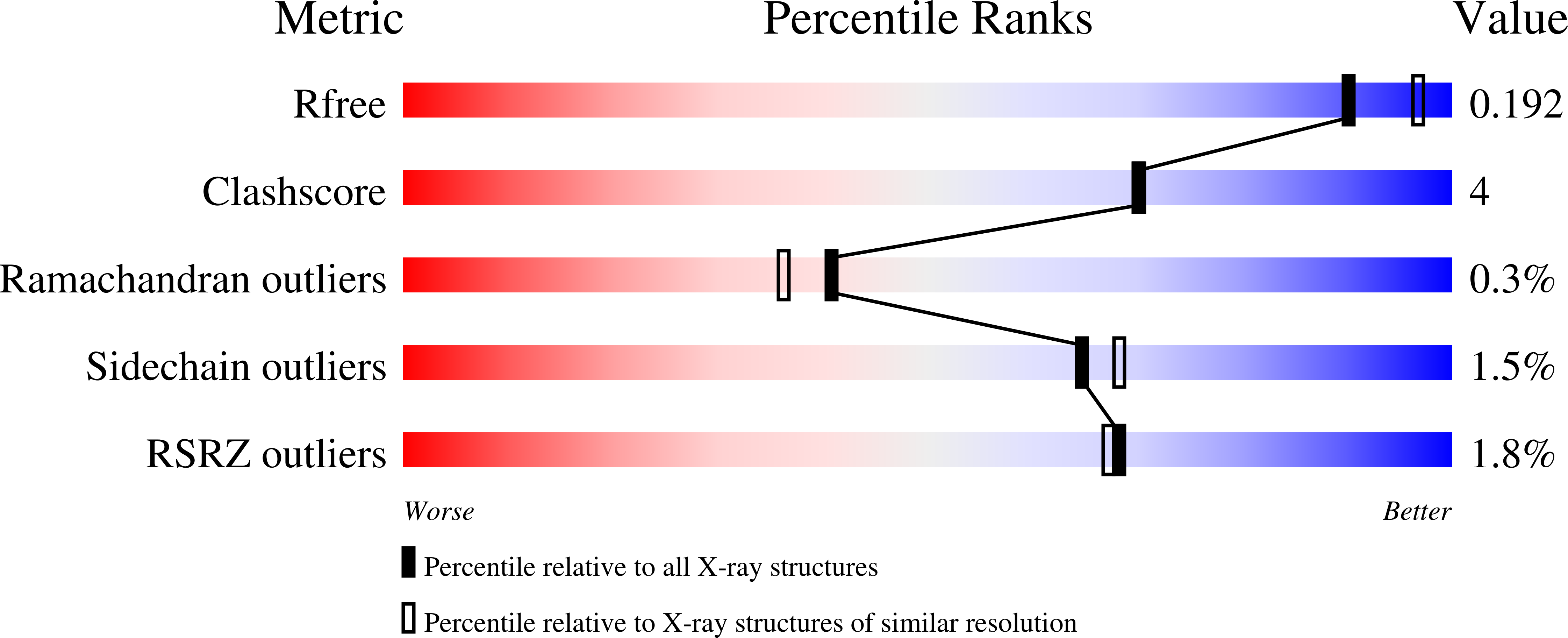
Deposition Date
2022-06-19
Release Date
2023-06-21
Last Version Date
2024-11-13
Entry Detail
PDB ID:
8DE5
Keywords:
Title:
Structure of glyceraldehyde-3-phosphate dehydrogenase from Paracoccidioides lutzii
Biological Source:
Source Organism:
Paracoccidioides lutzii Pb01 (Taxon ID: 502779)
Host Organism:
Method Details:
Experimental Method:
Resolution:
2.02 Å
R-Value Free:
0.19
R-Value Work:
0.16
R-Value Observed:
0.16
Space Group:
I 41 2 2


